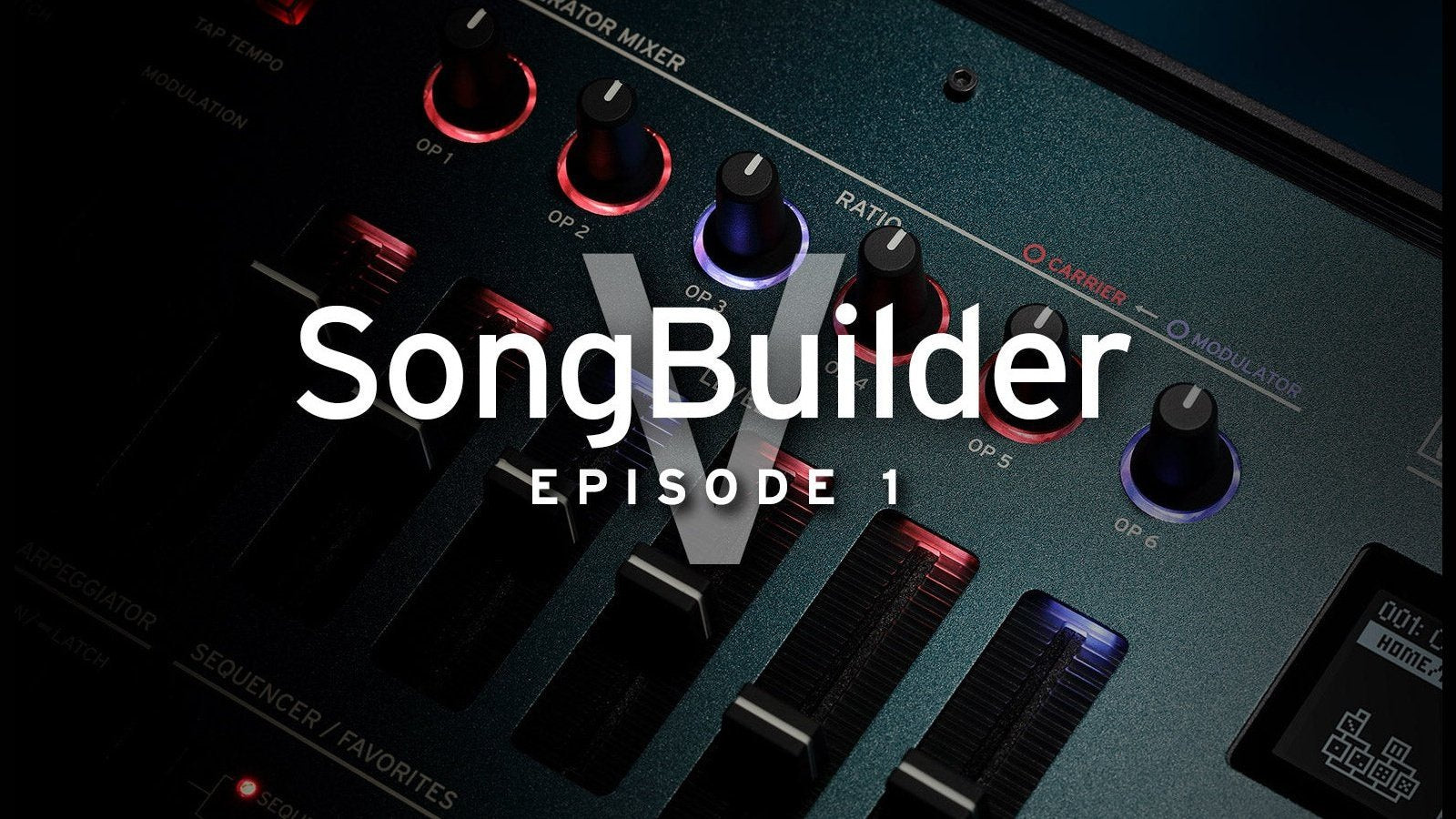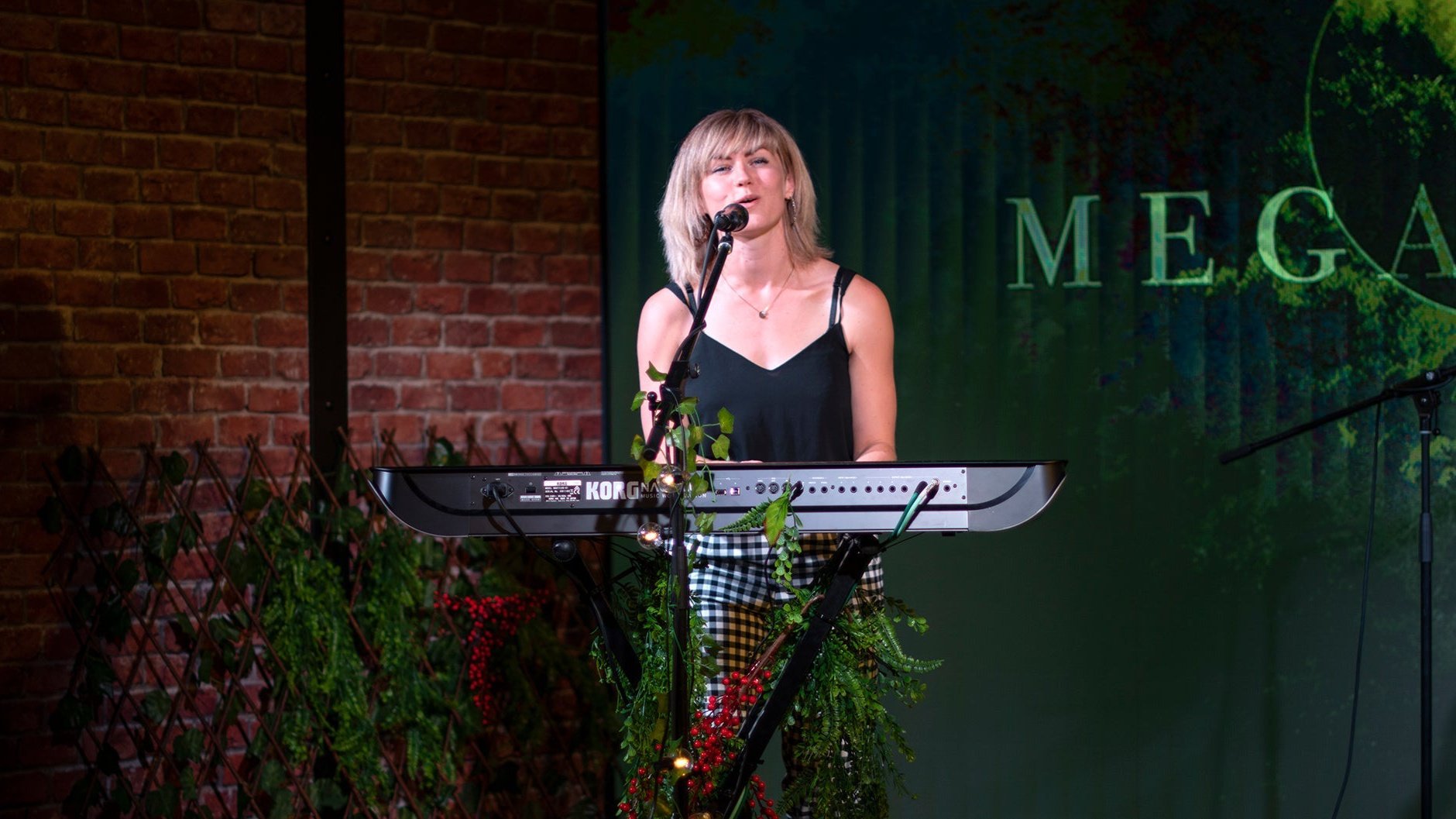Welcome back to SongBuilder! This is the series where we take a selection of amazing Korg gear and build a track episode by episode.
In episode two of Season 5, we’re adding a rhythmic sound from Wavestate, incorporating some percussion sounds and a muted guitar, on different layers
For our second episode of SongBuilder, we’re layering some Wavestate sounds to the Opsix synth riff that we created in episode 1. We’ve found a great Performance on the Wavestate called RhythmMaker, which will give us some of the percussive elements we need to add to our track, as well as a muted electric guitar sound.
The existing Wavestate Performance consists of four layers: A, B, C and D. Layer A is a wave sequenced guitar-type sound, which we don’t actually need for this track, so we can mute it by double tapping the Layer A button. Layer C is the muted guitar, which we will also mute at this stage, so that we can work on the hi-hats and claps that are on Layers B and D respectively.
Wavestate has a fantastic free software editor that we used to quickly change the note value of the hi-hats on Layer B from 1/16ths to 1/8ths, as well as change the clap sounds on Layer D, to change the emphasis of the timing from beat two to beat four. The Wavestate is clocked to our Logic project via USB-MIDI, so this wave sequenced pattern will play back at the correct tempo automatically.
Now we are ready to go ahead and do an audio bounce of two variations of this Wavestate pattern by triggering back a MIDI pattern we programmed in Logic, one with claps on beat four and the other with claps on beats two and four, for the closing section of our song.
Next, we recorded the muted guitar sound from Layer C into a Logic MIDI track for some arpeggiated chords and strums. To give the guitar sound a little more presence, we changed one the effects of the preset from an EQ to Guitar Amp. Finally, the first 12 bars of the guitar part were bounced into Logic as audio and then copied and pasted into the later sections of our song.
You can find out more about Wavestate here. In the next episode we’ll be layering up another synth part, this time using Modwave!


